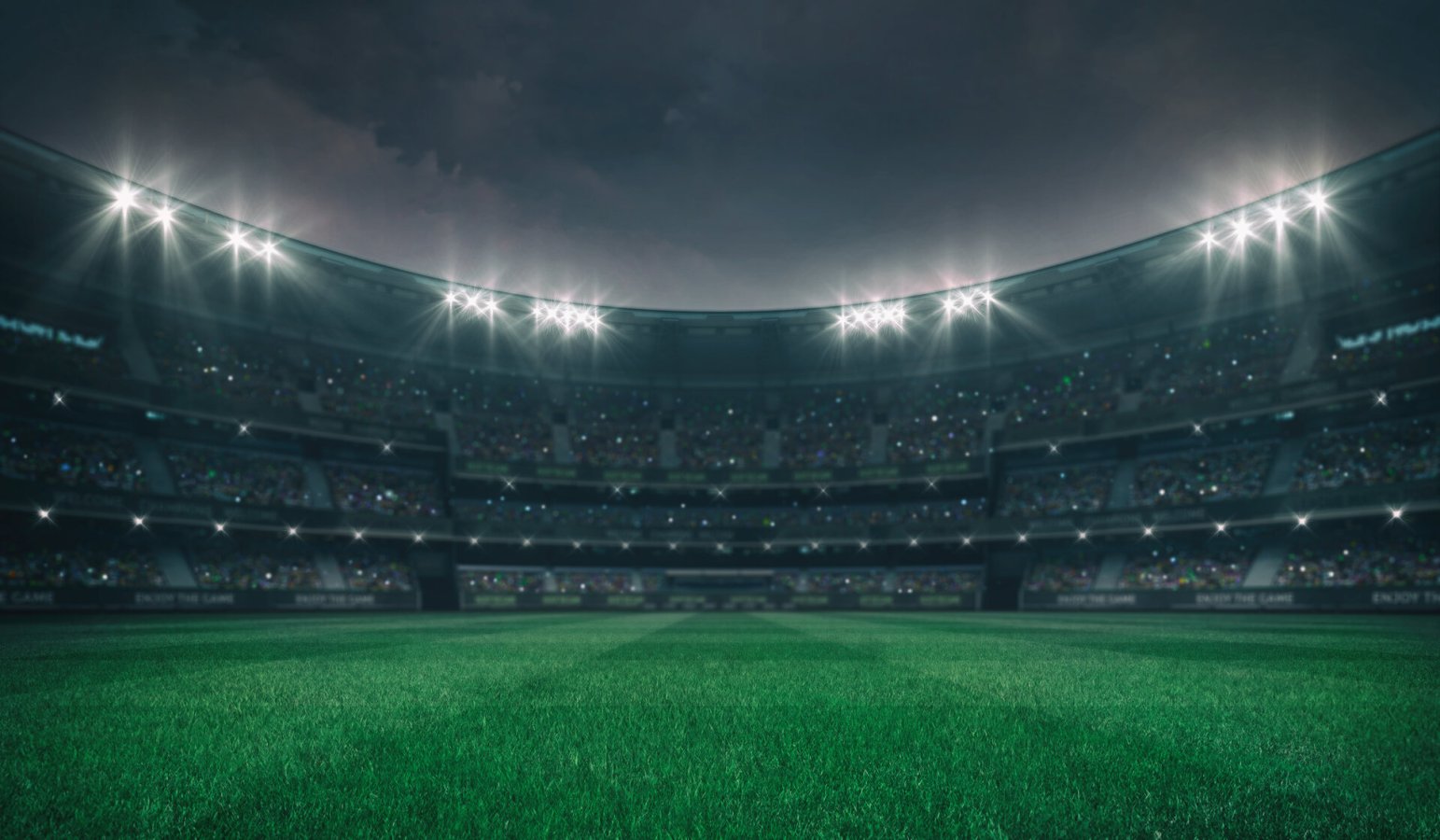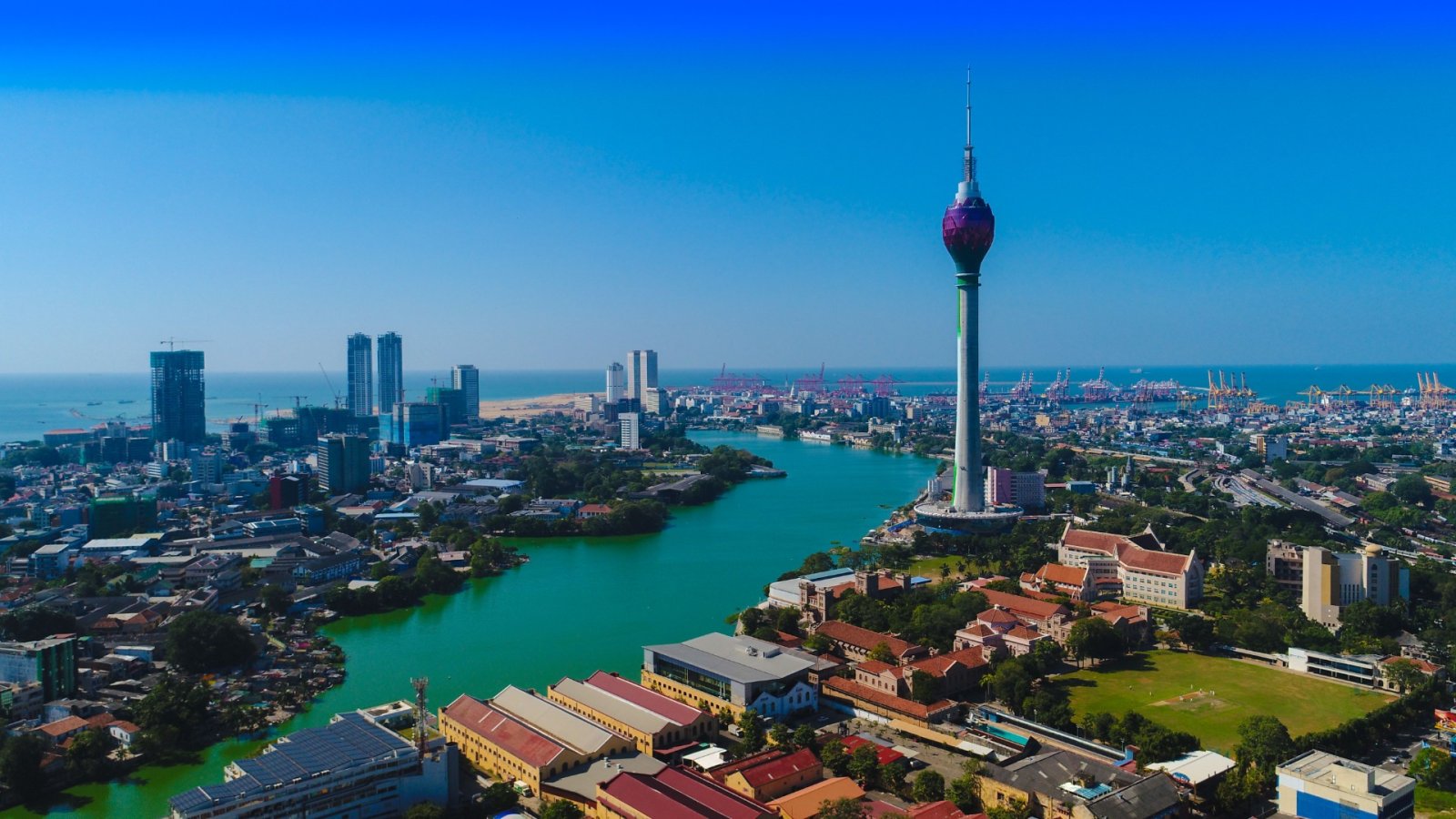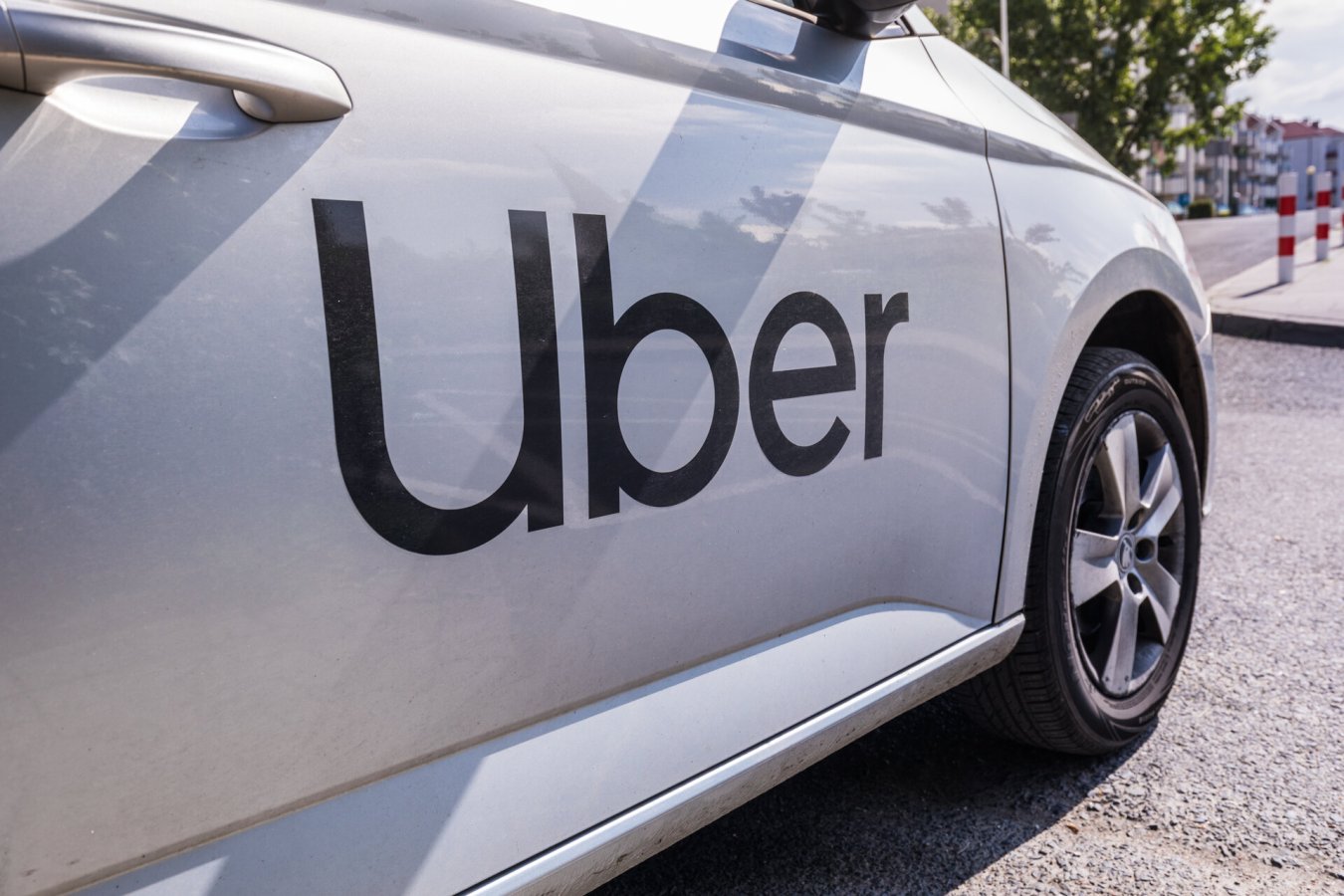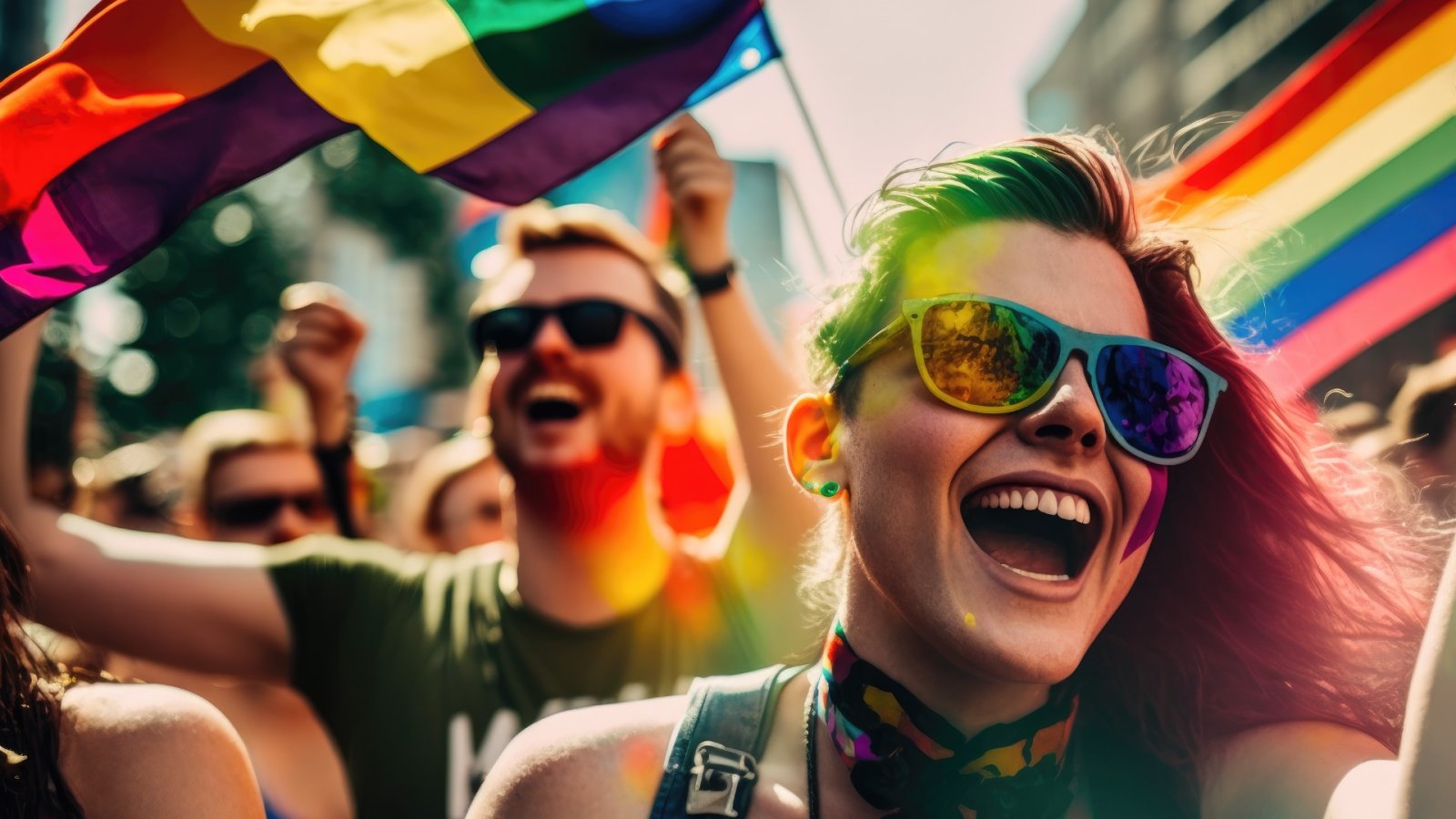Once a declining seaside town, Margate has blossomed into a thriving LGBTQ+ community. As a gay man born in Margate, the author has reflected on why coastal towns appeal to queer individuals. Places by the sea provide a sense of acceptance, revelry, or simply romantic sunsets. Recent census data shows Margate's Cliftonville West neighborhood has a higher percentage of LGBTQ+ residents than some larger English cities like Manchester and Bristol. While Brighton has long been a queer coastal hub, Margate and other smaller south coast towns like Hastings, St Leonards-on-Sea, and Bournemouth are also establishing themselves as welcoming places for sexual and gender minorities with growing populations that identify as LGBTQ+.
Margate's annual Pride celebration in August now brings in over 15,000 people each year. The event maintains a relaxed atmosphere with activities starting at the historic Oval Bandstand overlooking Walpole Bay. A festive, welcoming parade then makes its way along the waterfront. Unlike larger Pride events in Brighton or London, Margate Pride is community-organized without commercial influence.
The festival aims to foster inclusion and togetherness, although it began as a way to advocate for equal treatment of all residents.
A key element of Margate Pride is Margate Black Pride, founded by Brazilian-born art curator Gauthier over a decade ago after relocating to the town. He explained that pride is an opportunity for black and brown individuals to express solidarity.
This leads to the question, how did Margate become so accepting? Margate is one of the UK's oldest coastal resorts dating back to the 18th century when people came to bathe for health benefits. It is strongly associated with attractions like Dreamland amusement park, the Grade I-listed Shell Grotto, and artist Tracey Emin. However, its longest-running gay bar Sundowners only opened in 2003. In reality, Margate's LGBTQ+ history is not as firmly established or well documented as Brighton's, which has been traced back to the early 19th century. So how did this small resort become a thriving queer community despite a relatively recent emergence?
However, certain similarities can be seen. As Gauthier explained, marginal communities have long been drawn to coastal places to escape the restrictions from the urban areas, to feel free without any judgment. Additionally, tight-knit seaside towns help foster a sense of belonging and camaraderie. Frequently, there is also a vibrant culture of art and nonconformity that appeals to those who value creativity, diversity, and individuality—people who may feel marginalized in more conventional environments." The seaside provides LGBTQ+ individuals with an atmosphere of greater acceptance and liberation.
This is evident in Margate, particularly in the Cliftonville area located just uphill from the historic Old Town center. When the author was growing up in Margate during the 1980s, Northdown Road—constructed a century ago as Margate's most prestigious address—served primarily as a local shopping district. However, after struggling economically in the 1990s, the neighborhood has reinvented itself over the last 15 years. Yet Margate as a whole remains one of the most deprived regions in the UK. A major catalyst for this revival was the 2011 opening of the Turner Contemporary Art Gallery overlooking the harbor, which drew creatives—frequently transplants from East London—to convert vacant studios and storefronts across the city into new businesses and spaces.






